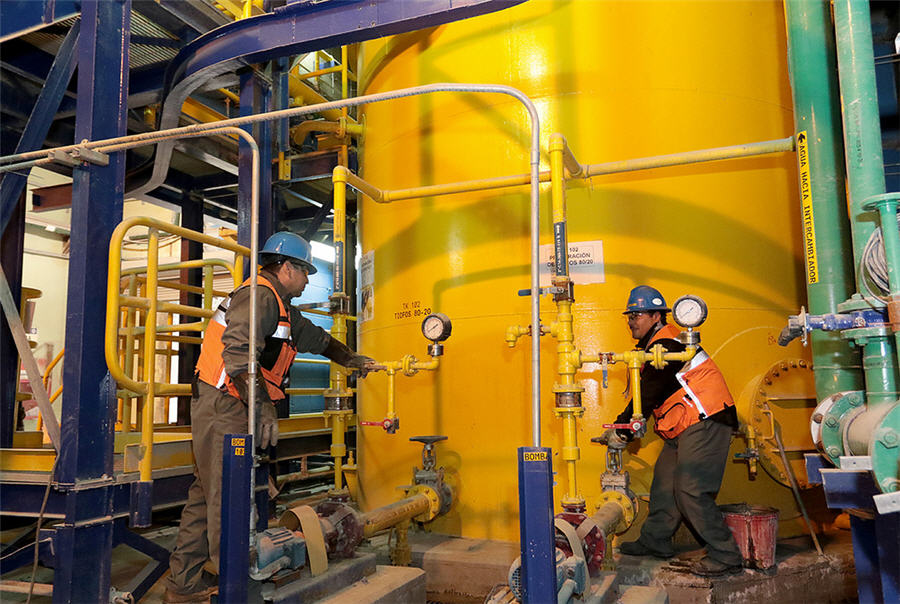US coal-fired power: What the gas boom started, Obama has just finished off

US President Barack Obama on Tuesday announced the first-ever restrictions on greenhouse gas pollution from new coal-fired power plants despite lobbying by the industry and his conservative rivals.
According to the green lobby group The Sierra Club some 100 coal-fired power plants have been shut down since January 2010.
The closures and the dearth of new builds – there is one very notable exception – are as much a function of new environmental impact laws as it is of the US gas boom, which has sent natural gas prices to decade lows.
Slate‘s Matt Yglesias sounds the death knell for coal-fired power-plants:
The new rules will mandate that all new power plants generate no more than 1,000 pounds of carbon dioxide per megawatt of electricity produced. That’s a standard that your basic renewables can of course easily meet as can nuclear plants. It also conveniently draws the line such that natural gas, whose price has plummeted lately amidst the North American Fracking Boom, fits in under the standard as average gas-fired plants emit between 800 and 850 pounds per megawatt. But coal plants on average emit almost 1,800 pounds per megawatt, way outside of the acceptable range. The result is that barring some miraculous new innovation in the creation of cost-effective carbon sequestration technology, there aren’t going to be any more coal-fired plants built in the United States. The face of new fossil fuel based electricity will be gas (which is considerably cleaner than coal), and the alternative to gas in the event that the gas boom ends will be renewables.
While the coal industry may be on the back foot in the US, coal consumption and production in China is gathering pace.
The Economist reports the country mines over 3 billion tonnes of coal annually, triple the output of world number two America, “and yet last year overtook Japan to become the world’s biggest coal importer.” More than 80% of China’s electricity comes from coal-fired plants.
{{ commodity.name }}
{{ post.title }}
{{ post.date }}

3 Comments
Denise
I’m announcing a restriction on Obama’s presidency. This is your last year, Barry.
Biddulph Art
I think the Americans should heat their homes with gas . It is just stupid to shut down the coal fired plants. the US should shut down those antiquated neucular plants.
JMORG
Way to go Obama, and enviromentalist lets put more americans out of work and on welfarel